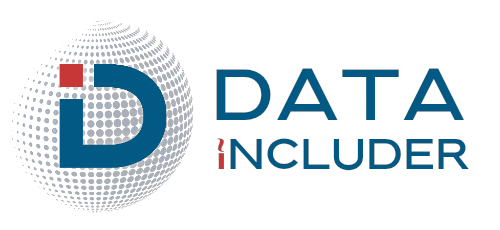As the world becomes increasingly digital, IT professionals are the backbone of the tech industry, working tirelessly to keep our systems running smoothly. However, their sedentary lifestyle and high-stress jobs can take a toll on their physical and mental health. In this blog, we’ll explore five commonly found health risks associated with IT professionals.

- Eye Strain and Vision Problems
Prolonged screen time can cause eye strain, dry eyes, and increase the risk of myopia (nearsightedness) and hyperopia (farsightedness). IT professionals often work long hours in front of computers, making them vulnerable to these issues.
- Back and Neck Pain
Sitting for extended periods can lead to back and neck pain, as well as poor posture. IT professionals often spend hours hunched over keyboards and screens, putting strain on their spines and muscles.
- Sedentary Lifestyle and Obesity
A sedentary lifestyle can contribute to obesity, diabetes, and cardiovascular disease. IT professionals often have limited opportunities for physical activity, making it essential to incorporate exercise into their daily routines.
- Stress and Mental Health
High-stress jobs can take a toll on mental health, leading to anxiety, depression, and burnout. IT professionals often work under tight deadlines and manage complex systems, making them prone to stress-related issues.
- Sleep Disorders and Fatigue
Irregular work schedules and high-stress jobs can disrupt sleep patterns, leading to insomnia, daytime fatigue, and other sleep-related disorders. IT professionals often work late nights, weekends, or on-call shifts, making it challenging to maintain a healthy sleep routine.
Mitigating These Health Risks
While these health risks are common among IT professionals, there are steps that can be taken to mitigate them:
Regular eye exams and following the 20-20-20 rule (every 20 minutes, look away from your screen and focus on something 20 feet away for 20 seconds)
Taking regular breaks to stretch and move around
Incorporating physical activity into daily routines, such as walking or yoga
Prioritizing mental health and seeking support when needed
Establishing a consistent sleep schedule and creating a relaxing bedtime routine
Conclusion
IT professionals play a vital role in keeping our digital world running smoothly. However, their jobs can come with significant health risks. By being aware of these risks and taking proactive steps to mitigate them, IT professionals can protect their physical and mental health. As a data marketing company, we care about the well-being of our IT colleagues and hope this blog will inspire positive change.
Share your thoughts!
How do you prioritize your health and well-being as an IT professional? Share your tips and strategies in the comments below!

